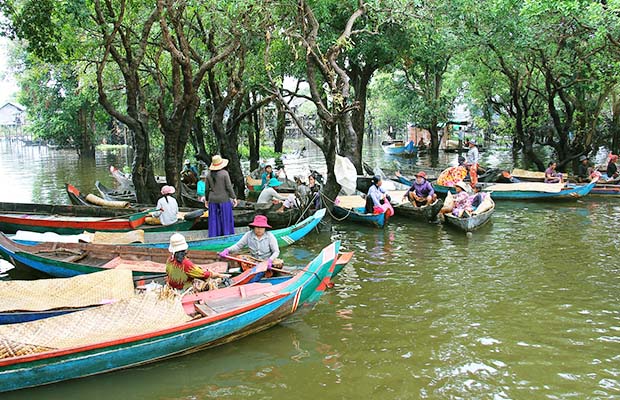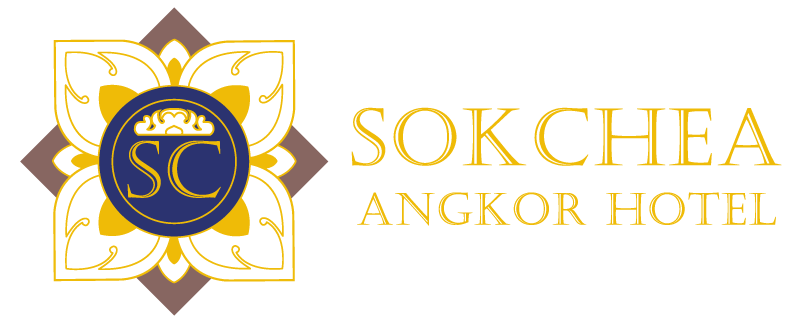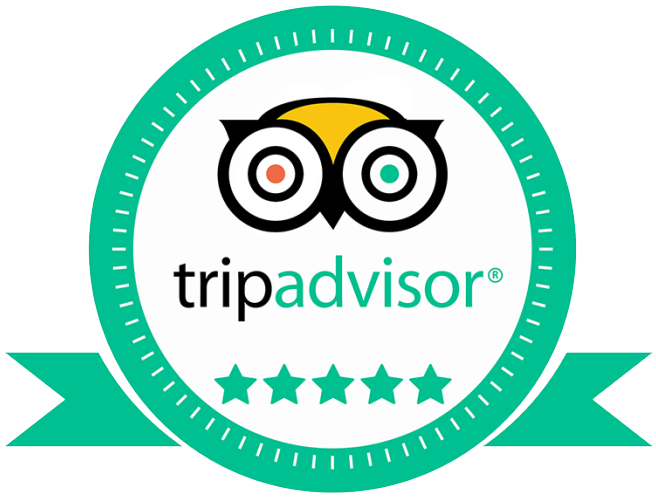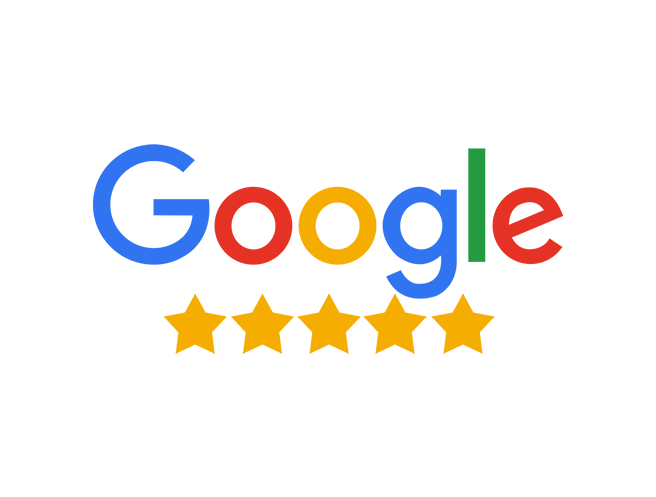Cambodia, known for its warmth and hospitality, invites visitors to experience its rich cultural heritage with respect and awareness. Before embarking on your journey to this Kingdom of Wonder, it’s essential to familiarize yourself with local customs and practices to ensure a respectful and enjoyable visit.
When traveling in Cambodia, it is crucial to seek permission before taking photographs of Cambodian people or monks, as this demonstrates respect for their privacy and cultural practices. In places of worship, such as pagodas or temples, it is customary to remove your shoes and dress modestly, covering your upper arms and legs while removing hats. This practice also extends to entering someone’s home, where removing your shoes is a sign of respect. A respectful greeting involves a slight bow with your hands pressed together at the chest, known as the “Sampeah.” If you are invited to dine at a Cambodian family’s home, bringing a small gift, such as fruit, dessert, or flowers, is considered polite. Additionally, when attending a Cambodian wedding, it is customary to bring cash as a wedding gift. At the dining table, if using a toothpick, cover your mouth with one hand to maintain propriety. Business cards should be exchanged with both hands, and they should also be received in the same manner.
Conversely, there are several important DON’Ts to observe while in Cambodia. Do not use your feet to point at someone or touch a Cambodian person’s head, as both actions are considered disrespectful. If you are a guest at a meal, wait for the host to start eating before you begin. Women should avoid touching male monks or handing items directly to them, as this is not permissible. It is also advised to keep public displays of affection to a minimum, as overt displays may be viewed as inappropriate.
In terms of commonsense practices, ensure that you do not litter and contribute to keeping the community clean and safe. Proper disposal of plastic bags is essential to avoid environmental hazards.
When it comes to what to wear, Cambodia’s weather is categorized into the wet season (May to October) and the dry season (November to April). For the dry season, lightweight, loose-fitting cotton clothing is recommended due to the hot and humid conditions. Long pants and long-sleeved shirts are advisable for outdoor activities like hiking or trekking, and a hat and sunglasses are useful for sun protection. During the rainy season, packing a light rain poncho or a sturdy umbrella is practical, along with a light jacket or cardigan for the cooler months of December and January. When visiting outdoor temples, including Angkor Wat, shorts and T-shirts are acceptable, but shoes and hats should be removed at the entrance. For more formal sites like the Silver Pagoda within the Royal Palace grounds, dress more formally: gentlemen should wear long trousers, and ladies should opt for long trousers or skirts while keeping their shoulders covered.
For your trip, be sure to bring photocopies of your passport and at least two passport-size photographs. Carry cash in denominations of US$1, $10, $20, and $50, and consider packing a folding umbrella or lightweight rain poncho if traveling during the rainy season. Zip lock bags are handy for keeping items fresh and dry. Most importantly, bring an adventurous spirit to fully embrace and enjoy the diverse experiences Cambodia has to offer.







